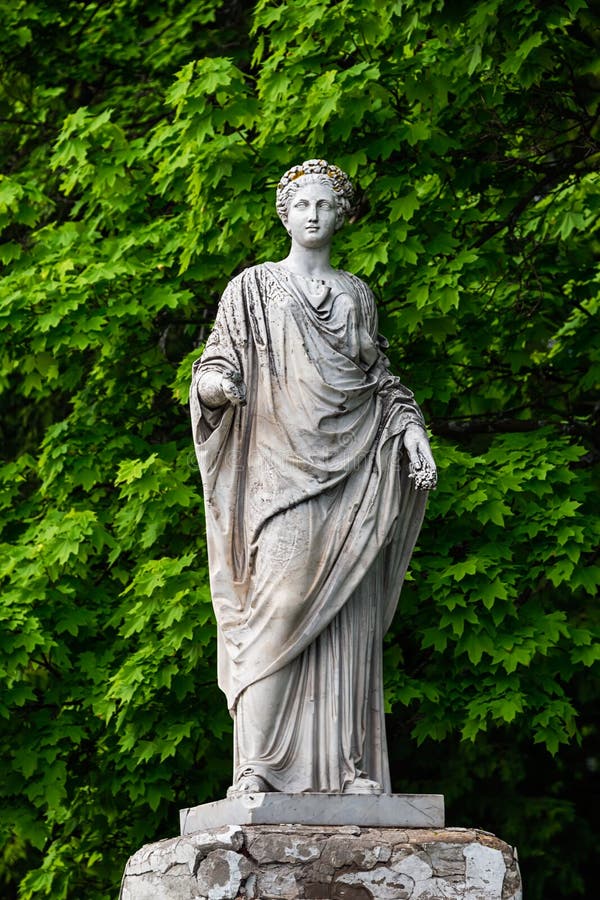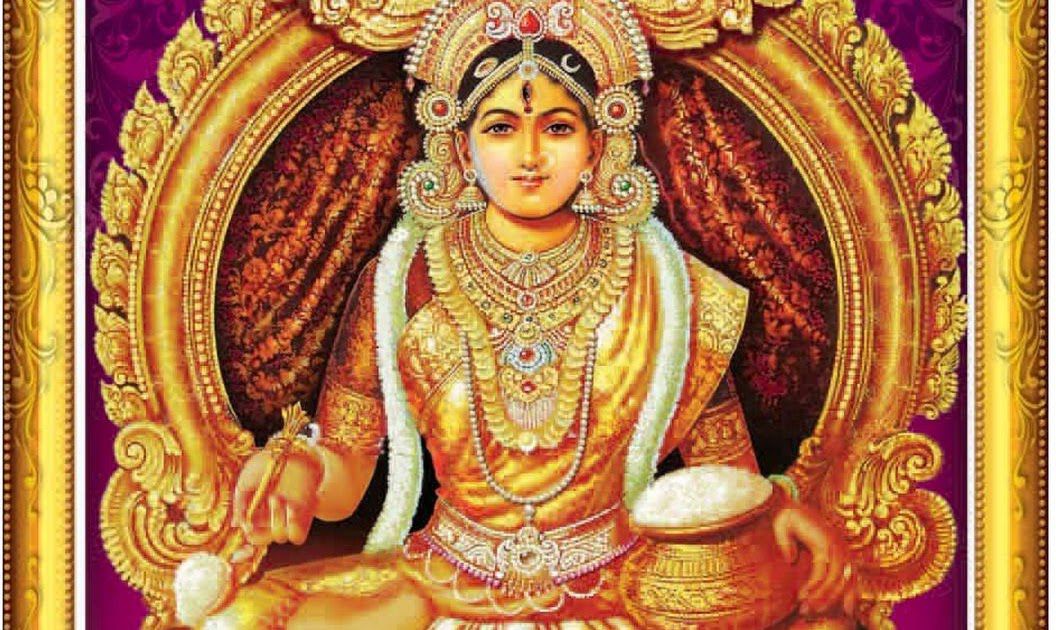1. Natutulog ako ng 8 hanggang 10 oras gabi-gabi. Kung mapupuyat ako, kumakain ako ng maraming gulay at prutas sa susunod na oras.
2. Ang tanghalian ko ay noodles na sinamahan ko ng violet na gulay, garlic, onion, celery and cumin powder, turmeric (anti-viral), virgin coconut oil.
3. Ang kape ko ay yung may halong guyabano at mangosteen at iba pang herbals.
4. Naliligo ako at nagbibihis ng ibang damit araw-araw. Hindi ko inuulit ang mga damit ko.
5. Iniiwasan ko ang mga balita na nakakapagpa nerbyos sa akin.
6. Nagbabasa ako ng Bibliya at iba pang babasahin na nakakapagpakalma ng aking isipan bago matulog. Hindi ako nanood ng hearings sa House of Congress dahil nahihindik ako na ang isang media company ay napakaraming taga pala para sa kanila kahit na napaka halata na na ang budget for propaganda ay umarangkada sa milyones.
7. Nakikinig ako sa classical music, as much as possible.
8. May alcohol ako sa tabi ng kama ko, at sabon ng sabon ng kamay kapag may mga hinahawakan.
9. Kung puwedeng makapagbigay, nakikibahagi ako ng pagkain sa mga nangangailangan.
10. Nagsusulat ako at lumilikha ng tula at himig kung may pagkakataon. Hindi ko masyadong iniisip ang katagalan ng SAP dahil alam kong ang Diyos ay may nakaambang sagot sa mga pagpapahirap sa atin.
11. Nanonood lang ako ng tungkol sa mga balita ng Covid 19 tuwing tanghali. Pero kinukuha ko ang statistics tuwing umaga sa Worldometer.
12. Parati akong nagsusuot ng facial mask at lumalayo sa mga tao ng isa hanggang 2 metro.
Apat na buwan na tayong nasa ilalim ng Covid 19. Dalawang buwan akong nag-quarantine.
Kasihan nawa tayo ng Maykapal. Ilayo tayo sa mga makakapal at hindi nakikinig sa tunay na hinaing ng bayan -- na pagkain ang sagot sa Covid 19.
WHAT AM I REALLY SAYING HERE?
It is quite simple. We can get over Covid 19 if we observe a simple lifestyle.
So, I suggest to the government, create a FOOD TASK FORCE, counterpart of IATF. This FTF will take care of:
1. ESTABLISHING A FOOD LUNCH EVERYDAY AT EVERY BARANGGAY AND ACCEPT EVERYONE WHO WANTS TO EAT;
2, PUTTING UP A PUBLIC BATH HOUSE SO ANYONE CAN TAKE A BATH THERE DAILY;
3. PROVIDING A ROLLING BANK FULL OF VERY CHEAP VEGETABLE AND FRUITS;
4. PROVIDING MENU LIST OF CHEAP MEALS AND DISTRIBUTE TO EVERY HOME PER WEEK;
5. REQUIRING ALL RESTAURANTS, CANTEENS AND CAFES TO HAVE FOUR HOURS OF 60% DISCOUNT TO ALL THE FOODS EVERYDAY, FROM 6 TO 10 PM.; AND
5. PROVIDING A BUDGET OF P1 BILLION FOR THE FOOT TASK FORCE THE FIRST MONTH AND SEE THE RESULTS - I.E., IF THE STATISTICS RISE OR FAL.
NOW, LET US READ HISTORY AND FIND OUT HOW THE ANCIENT GREEKS AND OTHER RACES FACED FAMINE IN THEIR COUNTRIES:
GREECE:

Demeter (CERES, Roman ) is the goddess of the harvest and presides over grains and the fertility of the earth. Although she was most often referred to as the goddess of the harvest, she was also goddess of sacred law and the cycle of life and death.
 Huixtocihuatl, The Aztec Fertility Goddess of Salt & Water
Huixtocihuatl, The Aztec Fertility Goddess of Salt & Water"One interpretation of the myths surrounding Huixtochiuatl says she gained control over sea water when she was having a fight with the Tlaloque and they threw all their salt water at her[2] and Chalchiuhtlicue, sister of the Tlaloques were her sisters, or, in some sources, the younger sister of Tlaloc in an attempt to drown her.
In June, there was a ten-day festival in her honor. During the festival, one woman was considered to be the embodiment of Huixtochiuatl. That woman would be sacrificed by the end of the festival.[3] Salt makers would honor her with dances."






Oko
Oko is the god of agriculture and fertility. He came to Earth and lived on a small farm, growing some of the most beautiful and delicious fruits and vegetables. One day, he simply vanished, leaving nothing but his staff sticking in the ground.
When the people saw this and realized his gift with agriculture, they knew then he must have been a god. The staff later became a phallic symbol, representing fertility, and Oko has a holiday just before the rainy season devoted to him where men are encouraged to be a little more friendly with the local women.
Painting by Fernando Amorsolo








No comments:
Post a Comment